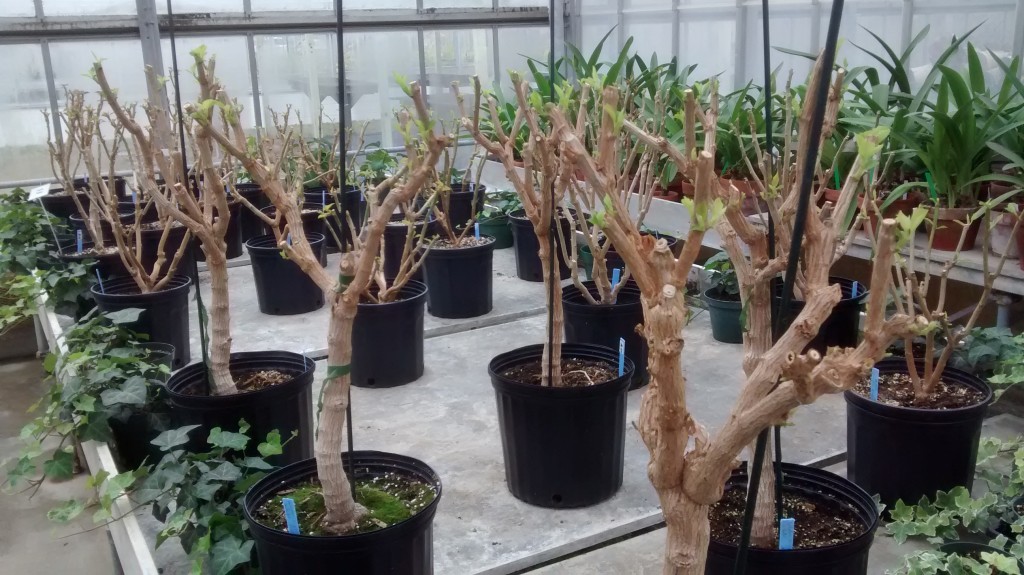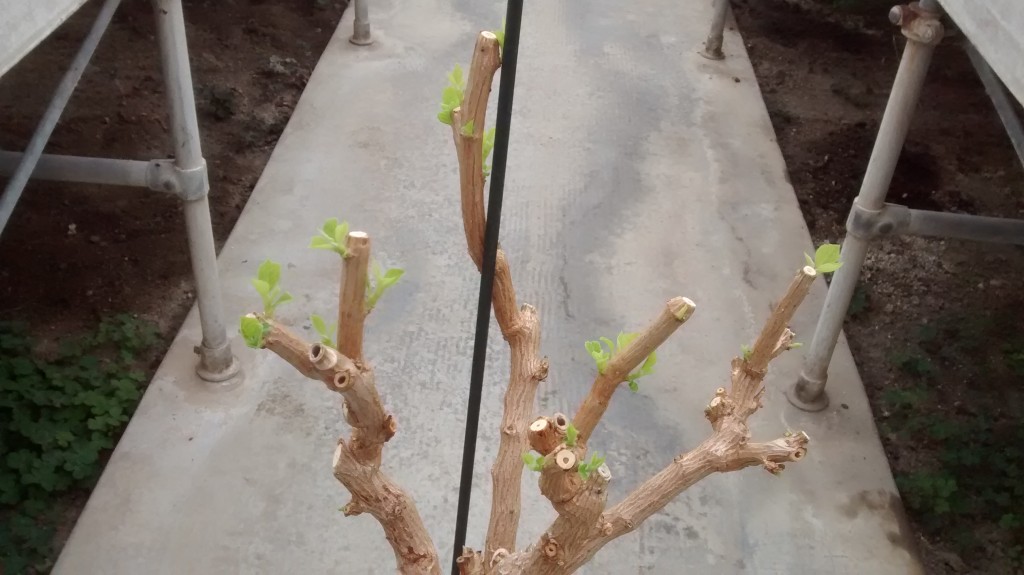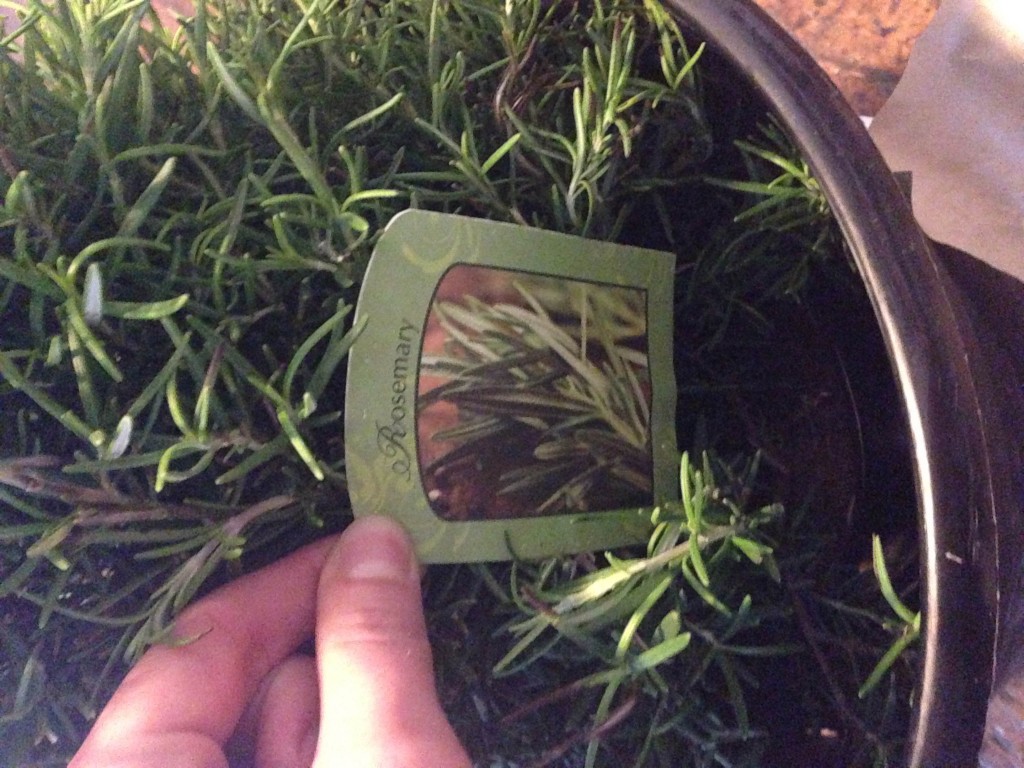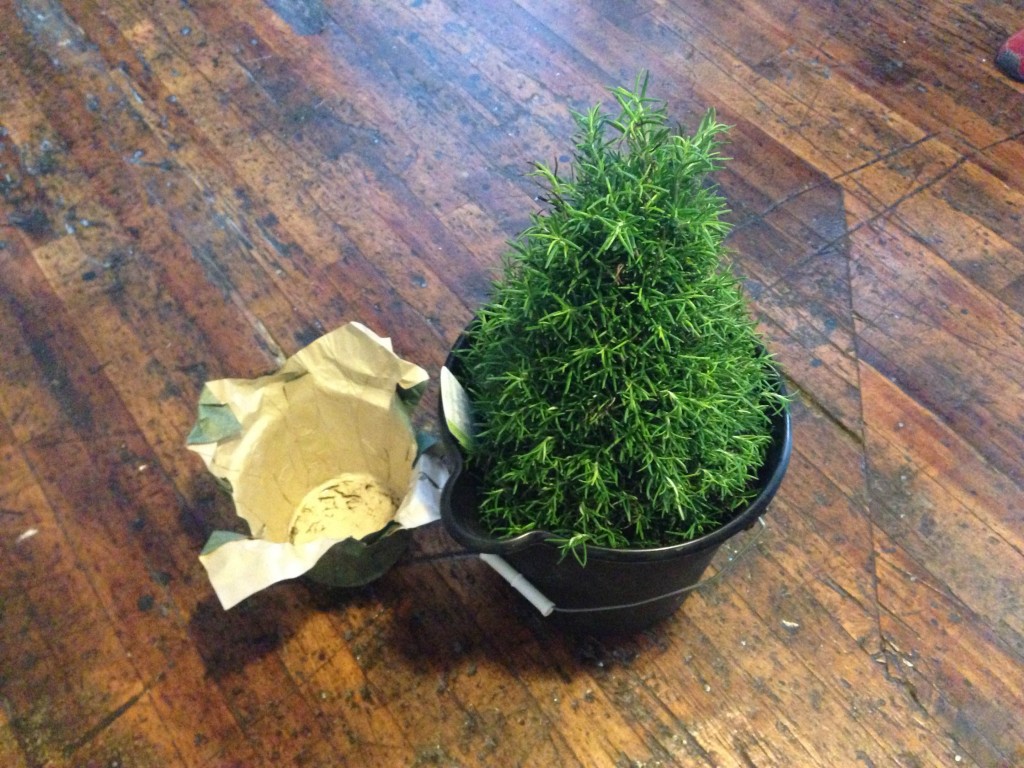One of our jade plants has started blooming this week. Anyone with a jade plant knows this is fairly uncommon. I have had a few jade plants through the years that produced flowers but not very many. So whenever it happens, I get a little excited about it.
There seems to be no way of predicting when a jade will blossom. Lots of people, horticulturists included, have their theories about it. Some folks on the internet say they have it figured out. If that were the case, we’d be seeing truckloads of jade plants in the stores blooming just in time for Mother’s Day or Valentine’s Day — pick your favorite holiday.
Flower production in plants can be a complex process. Before a plant can flower, it has to go through several steps before vegetative cells change into reproductive cells, ie. a flower bud.
A basic principle in botany is that a plant, like most other organisms, will not reproduce until they reach maturity. One familiar example of this is an apple tree which might not bloom for six or eight or even ten years.
We forget sometimes, that our houseplants’s ancestors originally grew out in the wild with no help from people, thank you very much. Jade plants belong to the genus of plants called Crassula. Many Crassula species go through an annual a rest period in their native habitat. In their part of the world, the rains stop for a while and the Crassulas go into a rest period. It’s critical for the Crassulas that the humidity falls to an arid, desert-like condition during this time.
Once the dry period is over, the plants resume growing and that completes one life-cycle. So, to induce flowering, it would make sense that we try to reproduce those types of conditions found in the wild.
OK, so here is my theory of the erratic flowering of jade plants. Many gardeners or houseplant fanciers love their plants and don’t want to hurt it, I don’t blame them. So they keep watering and feeding the plant all year ’round which keeps the plant in a continuous growth stage. The jades never get a chance to rest and they never get a chance to complete a full annual life cycle. This either delays maturity or fails to trigger the reproductive response.
Many factors are involved in stimulating plants to flower: fertility, moisture, intensity of sunlight, length of daylight, temperature extremes both warm and/or cold, length of time exposed to temperatures, air movement, insect damage, and others. The timing of all or any one of these factors can determine if and when a plant will bloom. Some easy-blooming plant species will bloom despite not growing in ideal conditions. Others, like jade plants I’m guessing, require a more complex sequence of events in order to produce flowers.
All that being said, I have noticed that jade plants are more likely to bloom is they are slightly pot-bound. So does this mean that the plants have been growing long enough that they’ve reached reproductive maturity? Or does crowding their roots induce flowering? Maybe sometime in the future a budding horticulturist will discover the secrete.
Bob







